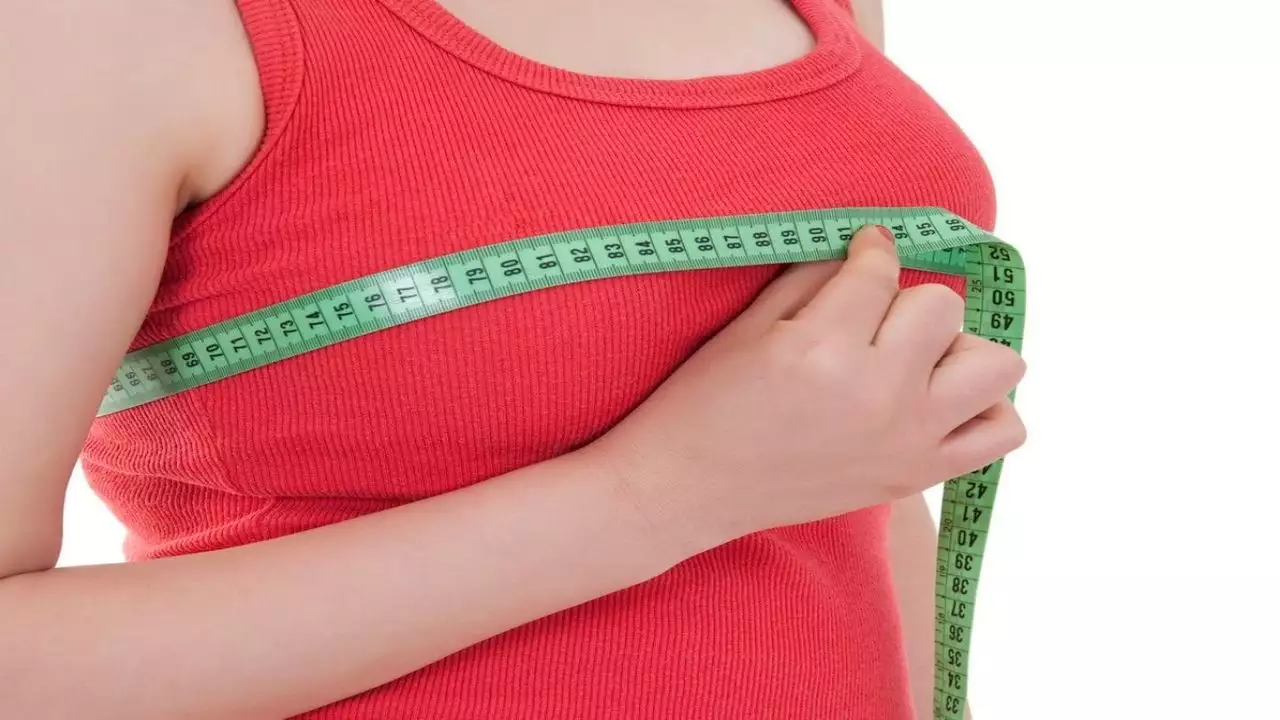To raise awareness of the specific requirements of breastfeeding mothers around the world, the week-long World Breastfeeding Week was commemorated from August 1st through 7th.
Let’s Make Breastfeeding and Work, Work!” as the slogan. The promotion was directed at fostering behaviors that can assist breastfeeding in various nations relating to the workplace. Breastfeeding is crucial to a baby’s healthy growth and development because it contains antibodies that shield newborns from diseases and infections, building a strong immune system from a young age.
This brings up the topic: Does Breast Size Matter When Breastfeeding?
Regardless of how large or tiny the breast is, the special composition of breast milk encourages healthy growth and metabolism. However, it has frequently been questioned whether a woman’s boob size might effect how much milk she produces. Absolutely, in capital letters, NO! Similar to how women’s bodies vary in size and shape, so can their breasts: they can be big or little, round or oval, wide or thin, symmetrical or full, uneven or droopy, all of which are considered normal. During pregnancy and breastfeeding, it is common for breasts to enlarge; nevertheless, size has little bearing on the amount of milk that can be produced. The number of fatty tissues that are present actually determines the size of the ovaries. They naturally have less fatty tissue than women with larger boobs, as do small-boob ladies. Keep in mind that the production of breast milk is not a function of these fatty tissues; Instead, the glandular tissue in the breast is what produces the milk. As a result, women with various boob sizes are completely capable of producing a sufficient amount of breast milk for their infant. A small breast mother can produce as much milk as a large breast mother; The frequency of your baby’s feedings affects how much milk is typically produced. This is because it’s more likely that you’ll naturally create breast milk the more your baby feeds. One of the worries that leads new mothers to give up is having little milk.
Despite the fact that women with small breasts frequently worry that they won’t be able to, as long as the tiny breast size is unrelated to hypoplastic breasts, it shouldn’t be a problem to provide enough milk for their infant. Although you might need to nurse more frequently since your smaller breasts can only contain so much milk, you can still successfully produce enough milk for your child.
Finding a comfortable posture is key if your baby is having problems latching on. Breastfeeding with huge breasts can be a little awkward the first time, but it’s really not a problem. Some mothers are also concerned that their enormous breasts would prevent the baby from breathing during nursing, but this is unfounded since if your baby’s nose becomes blocked while nursing, they will open their mouth and release the breast so they can breathe. If your baby is having trouble latching, you can always use your finger to press down on your breast close to their nose. Every woman has a different nipple size and shape; some are larger than others. They are small, flat, round, pointed, or big. A woman should not be prevented from nursing because of the size or form of her nipples. However, women with flat nipples, nipples that are inverted, or women with very large nipples could initially have difficulty getting their infant to latch on. This issue can be quickly rectified with the assistance of a lactation consultant, though.





